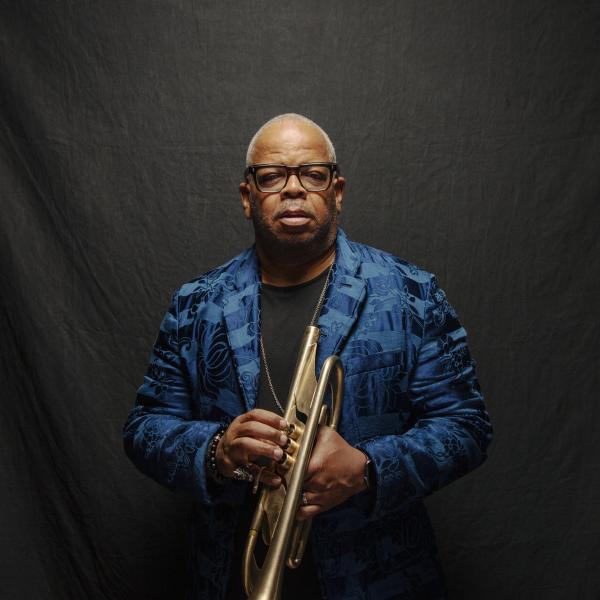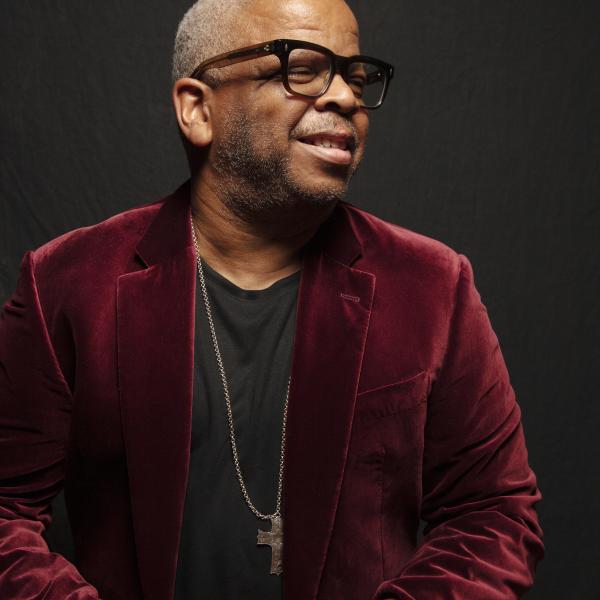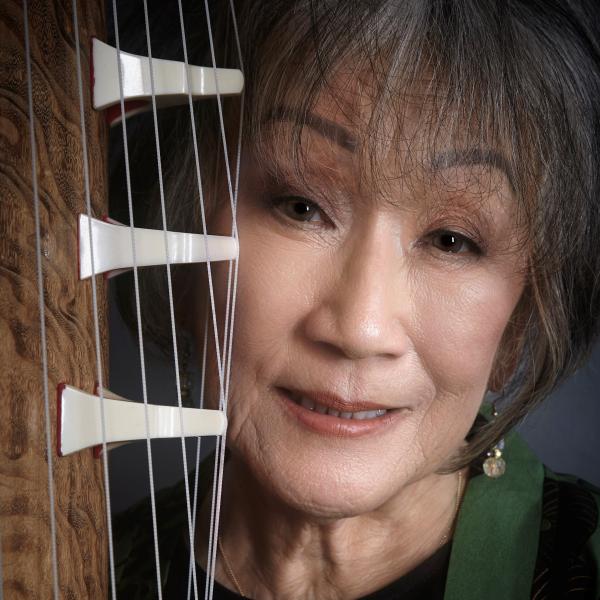Haiti’s History and the Life and Times of Edwidge Danticat 11
Laurent Dubois: The Haitian occupation is taking place right at the same time as the Harlem Renaissance and indeed, many African-American activists and writers become really interested in Haiti, become activists protesting the occupation and Haitians, you know, ally with African-Americans and contest on the occupation, which they see, you know, as a kind of expression of American racism—one of the worst expressions or kind of a core expression. And, at the same time, people become really interested in Haitian culture, which obviously, you know, is linked to African-American culture in a certain way, but also is very different and sort of stands out because of the power of Haitian Vodou and the presence of this African religion, this African-derived religion. So you do have a real, really interesting, cultural, set of cultural links. Langston Hughes befriends Jacques Roumain, who's a Haitian writer. He actually translates his book, Masters of the Dew into English. Zora Neale Hurston goes to Haiti. A lot of American anthropologists begin working in Haiti. And perhaps the most enduring, long-term impact, comes from Katherine Dunham, who goes shortly after the occupation, ends up embracing Haitian dance and becomes a kind of central figure in American dance in part by presenting Haitian and other forms of Caribbean and African dance, and has this very long engagement with Haiti throughout her life. So there is a whole series of cultural impacts on the United States as well.
1920s: Harlem Renaissance celebrates black culture and identity in Harlem and beyond.




